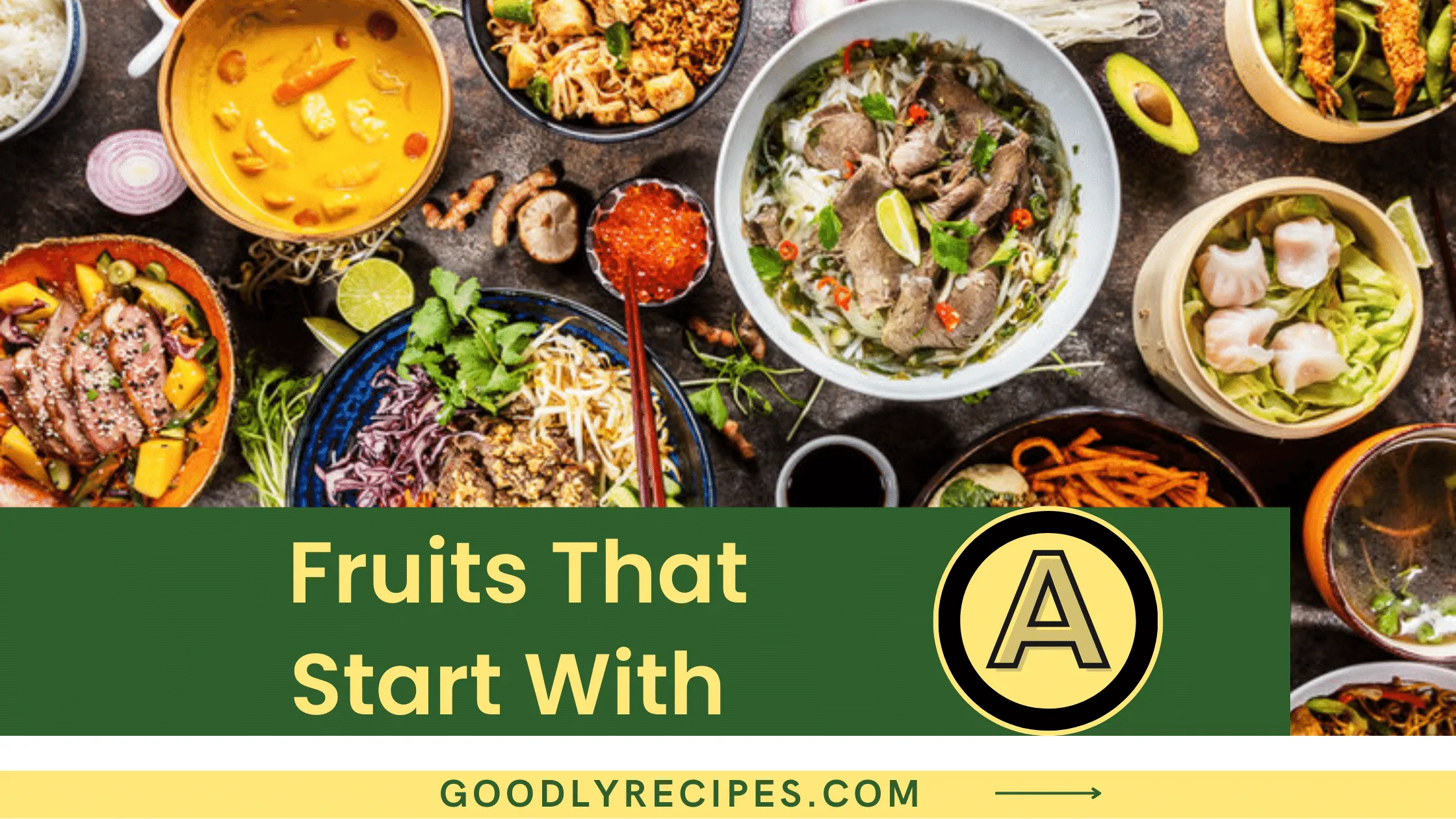Vegetables That Start With A:
Try adding one of these vegetables that start with the letter A artichoke, asparagus, arugula, and avocado! Not only are they delicious, but each of these veggies comes packed with nutrition and vitamins. Eating a balanced diet is essential for maintaining good health.
Acorn Squash:
Acorn Squash is a winter squash that is round and has a green top. It grows from a large, prickly squash vine. The edible part of the acorn squash is the flesh that surrounds the seeds. The flesh can be orange, yellow, or white in color. Acorn squash is best eaten when they are small (2 to 3 inches in diameter), as they have a sweet flavor and smooth texture. As the acorn squash grows larger, the flavor becomes more earthy and the texture becomes grainy.
Adzuki Beans:
Adzuki beans are small, red bean that is popular in East Asia. They are often used in sweet dishes, such as red bean paste, and can also be used in savory dishes. Adzuki beans are high in protein and fiber, and they are also a good source of minerals, including magnesium, manganese, potassium, and zinc. Adzuki beans are easy to digest and they can be a good choice for people who have trouble digesting other types of beans.
Alfalfa Sprouts:
Alfalfa sprouts are a type of sprout that is made from the alfalfa plant. They are a good source of dietary fiber, vitamin K, and protein. Alfalfa sprouts can be eaten raw or cooked. They have a slightly bitter taste and are often used in salads or as a sandwich topping. Alfalfa sprouts are available in most grocery stores. They should be stored in the refrigerator and can be kept for up to five days. Alfalfa sprouts are also available online from specialty retailers.
Amaranth Leaves:
Amaranth leaves are a nutritious leafy green that can be eaten cooked or raw. They are high in protein, vitamin C, and minerals like iron and magnesium. Amaranth leaves can be used in salads, soups, or stir-fries. Amaranth leaves are also a great source of antioxidants, which scavenge harmful toxins and byproducts that can damage cells and contribute to aging. The polyphenols found in amaranth leaves help to protect cells from oxidative stress and inflammation, both of which are major contributors to the aging process.
Ambada:
Ambada is a type of sweet and sour pickle that is popular in the Indian state of Gujarat. It is made with raw mangoes that are sliced into thin strips and then soaked in a mixture of sugar and spices. The pickles are then sun-dried for a few days until they become crunchy. Ambada is usually served as an appetizer or snack, but it can also be eaten as a side dish with rice or roti. It goes well with curries and other spicy dishes, and it is also sometimes used to add flavor to dal (lentil stew).
Aonori:
Aonori is a type of seaweed that is used as a condiment in Japanese cuisine. It is made from dried green laver alga and has a strong, salty taste. Aonori is commonly used to add flavor to sushi rolls, soups, and noodle dishes. Aonori contains high levels of dietary minerals, including potassium, magnesium, iron, and calcium. It is also a good source of vitamins A and C. Aonori has anti-inflammatory properties and may help reduce the risk of chronic diseases such as cancer.
Arame:
Arame is an edible seaweed that is high in dietary fiber, iron, magnesium, and vitamins A and C. It has a mild flavor and a slightly crunchy texture. Arame can be found at most health food stores. It is usually sold dried, so it needs to be rehydrated before use. To rehydrate arame, soak it in cold water for 10-15 minutes until it softens. Arame can be added to soups, salads, or stir-fries.
Arracacha:
Arracacha (Arracacia Xanthorrhoea) is a tuberous root vegetable that is popular in South America. The plant is a member of the carrot family, and the tubers can be eaten either cooked or raw. They have a sweet, nutty flavor and are often compared to chestnuts. Arracacha was first domesticated in Peru and Bolivia, and the plant is now grown in many parts of South America. The tubers are harvested when they are about the size of an orange, and they can be stored for up to six months if they are kept cool and dry.
Arrowroot:
Arrowroot is a starchy root vegetable that is most often used as a thickener for sauces and gravy. It has a neutral flavor and can be used in place of cornstarch or flour to thicken things without making them taste overly starchy. Arrowroot is high in potassium, magnesium, and vitamin C, and it also contains some antioxidants. It’s gluten-free and can be eaten by people with gluten sensitivities.
Artichokes:
Artichokes are a type of vegetable that has been enjoyed by humans for centuries. They are high in fiber and protein, and they also contain a variety of vitamins and minerals. The most notable nutrient in artichokes is their high level of vitamin C. Artichokes are also a good source of magnesium, potassium, and zinc. There are many different ways to enjoy artichokes. Some people like to eat them raw, while others prefer to cook them. They can be boiled, steamed, or roasted.
Arugula:
Arugula, also known as rocket salad, is a leafy green vegetable that is high in antioxidants and vitamin C. It has a peppery flavor and is often used in salads, sandwiches, and pizza. Arugula is available year-round and can be found at most grocery stores.
Arugula is a good source of fiber, manganese, folate, vitamin B6, and potassium. It also contains phytonutrients such as glucosinolates, lutein, zeaxanthin, and beta-carotene.
Asparagus:
Asparagus is a vegetable that is typically eaten cooked. It has a slightly sweet and nutty flavor and can be enjoyed steamed, boiled, roasted, or grilled. Asparagus is an excellent source of vitamins A, C, E, and K, as well as potassium and folate. It also contains high levels of antioxidants that help protect the body against damage caused by free radicals. Additionally, asparagus is a good source of fiber which can help keep you feeling full and satisfied between meals.
Aubergine:
The aubergine is a deep purple fruit that is related to the tomato and eggplant. It is high in fiber, potassium, and vitamin C, and has a creamy texture with a slightly bitter taste. Aubergines are used in many dishes around the world, such as ratatouille, baba ghanoush, and moussaka. Aubergines are generally available year-round. They can be eaten raw or cooked and can be added to salads or sandwiches or used in recipes.
Source: GoodlyRecipes.com






